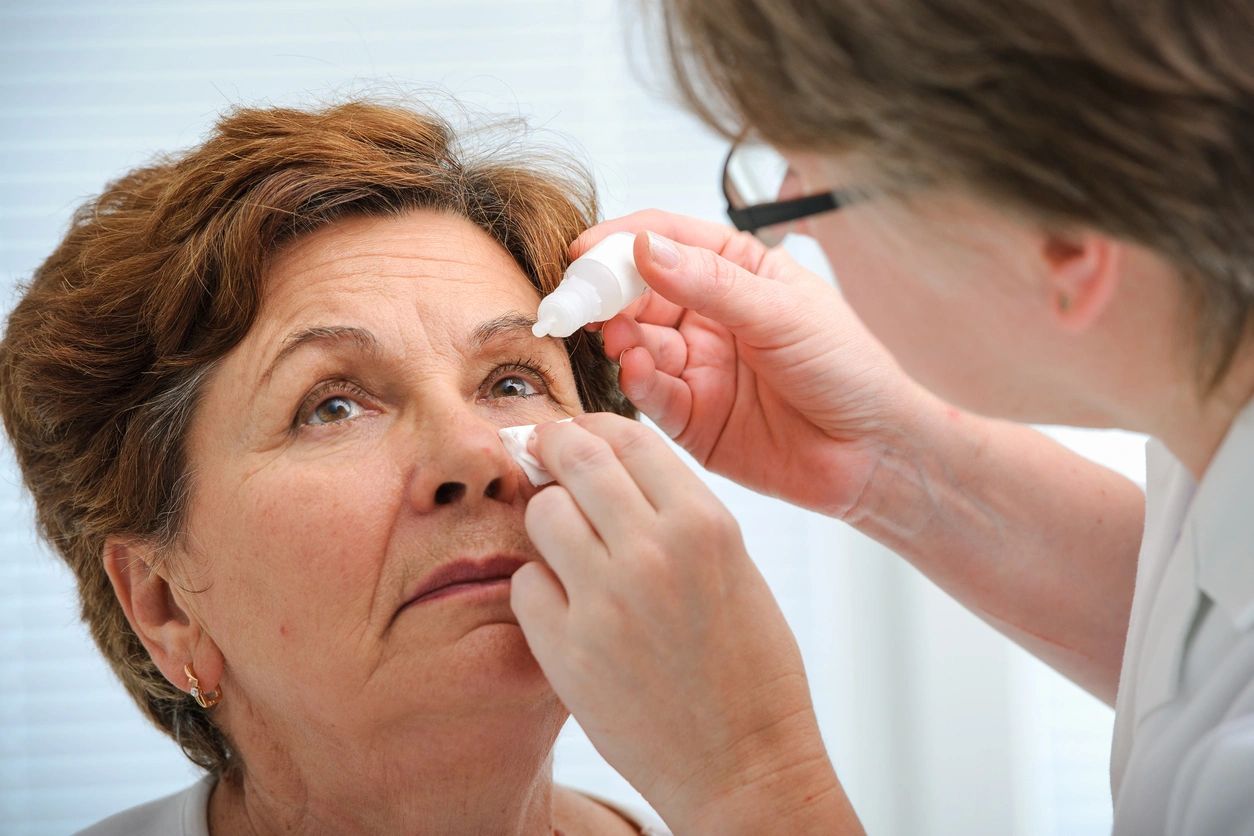
What is Diabetic Keratopathy and Its Treatment?
Diabetes also affects corneal morphology, metabolism, and physiology, resulting in clinical abnormalities referred to as diabetic keratopathy. These include epithelial defects, recurrent epithelial erosions, delayed reepithelialization, slower wound repair, increased epithelial fragility, reduced sensitivity, increased auto-fluorescence, altered epithelial and endothelial barrier functions, ulcers, edema, and increased susceptibility to injury due to the popularity of corneal refractive surgery and the rise in cataract surgery, including LASIK among diabetics.
Loss of corneal sensitivity is linked to the development of DED because the corneal nerves regulate tear volume through their ability to detect osmotic changes in the tear film. More than 70% of diabetics develop diabetic keratopathy and demonstrate some morphological change in their cornea, along with an increased incidence of DED.
Tight blood sugar control can reduce the severity of diabetic keratopathy. Specific medical treatments have focused on the use of various growth factors, cytokines, opioid growth factor antagonists, and immunosuppressives— all without significant clinical success.
Corneal epithelial and endothelial cells contain aldose reductase, and both laboratory and pilot clinical studies have shown that aldose reductase inhibitors can beneficially treat the adverse diabetic changes observed in the corneal epithelium, endothelium, and nerves. Small clinical studies have shown that these inhibitors reduce Superficial Punctate Keratitis (SPK), surface defects, and changes in epithelial cell morphology, as well as improve corneal sensitivity, reduce corneal endothelial cell death, and prevent persistent corneal edema. These changes significantly increase in diabetics following cataract surgery.
Peter F. Kador received a PhD in Medicinal Chemistry from the Ohio State University and after a 25-year career at the National Institutes of Health retired as the Chief of the Laboratory of Ocular Therapeutics from the National Eye Institute. Prior to becoming Professor Emeritus, he served for 18 years as a professor at the College of Pharmacy and adjunct professor in the Departments of Ophthalmology, His work has been recognized with numerous national and international awards that include the Rhoto Cataract Research Award, Alcon Research Institute Award, Kinoshita Lectureship, Ernst H. Bárány Prize, UNMC Distinguished Scientist Award, Capital University Alumni Award, the Ohio State University College of Pharmacy Jack Beal Postbaccalaureate Alumni Achievement Award, and the Bundesverdienstkreuz (Federal Cross of Merit) from the German Government. He is a fellow of the American Association of Pharmaceutical Scientists, the Association for Research in Vision and Ophthalmology, Association of Ocular Pharmacology and Therapeutics, and an overseas fellow of the Royal Society of Medicine and a member of the American Health Council in Ophthalmology.
